Animals have played a significant role in human history and continue to do so today. While many animals are considered to be harmless and even beneficial to humans, some can pose a significant threat. In this article, we will explore the animals that are responsible for the most human deaths worldwide and examine the reasons why they pose a danger to humans. From disease-carrying insects to venomous snakes and crocodiles, we will delve into the statistics and explore the ways in which humans can protect themselves from these deadly creatures.
What animals kill the most humans
What animals kill the most humans worldwide
Here is a list of animals that are responsible for the most human deaths per year, in no particular order:
1. Mosquitoes
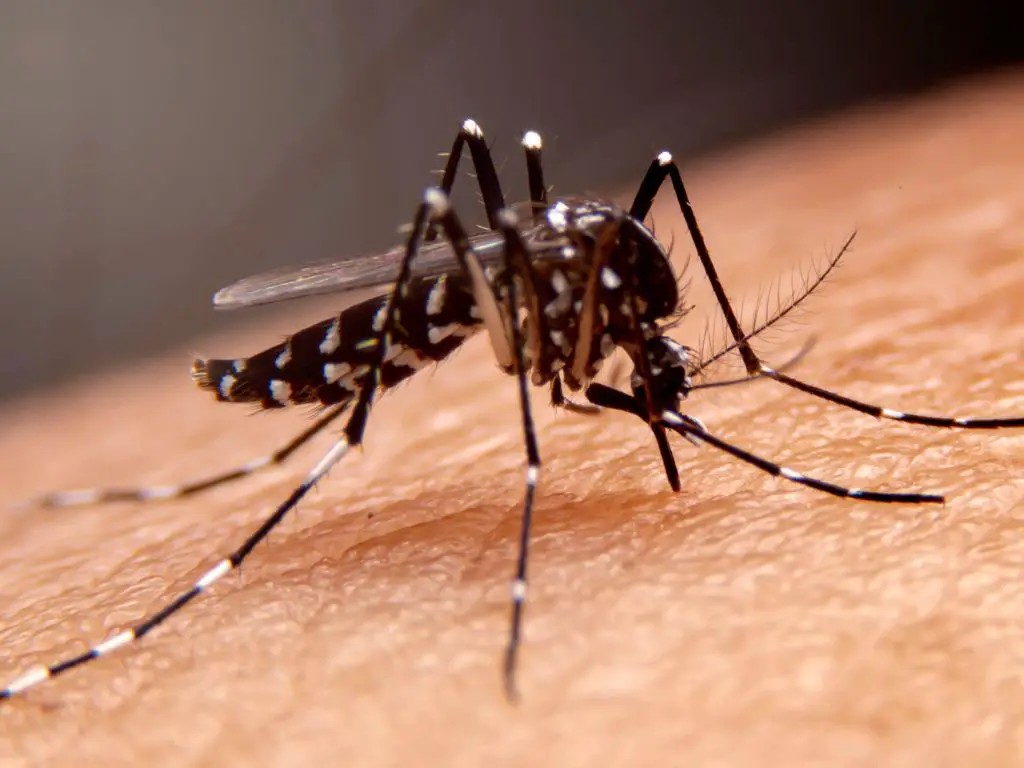
Transmit diseases such as malaria, dengue fever, and Zika virus, causing hundreds of thousands of deaths per year.
2. Freshwater snails

Transmit parasitic diseases such as schistosomiasis, causing an estimated 200,000 deaths per year.
3. Snakes
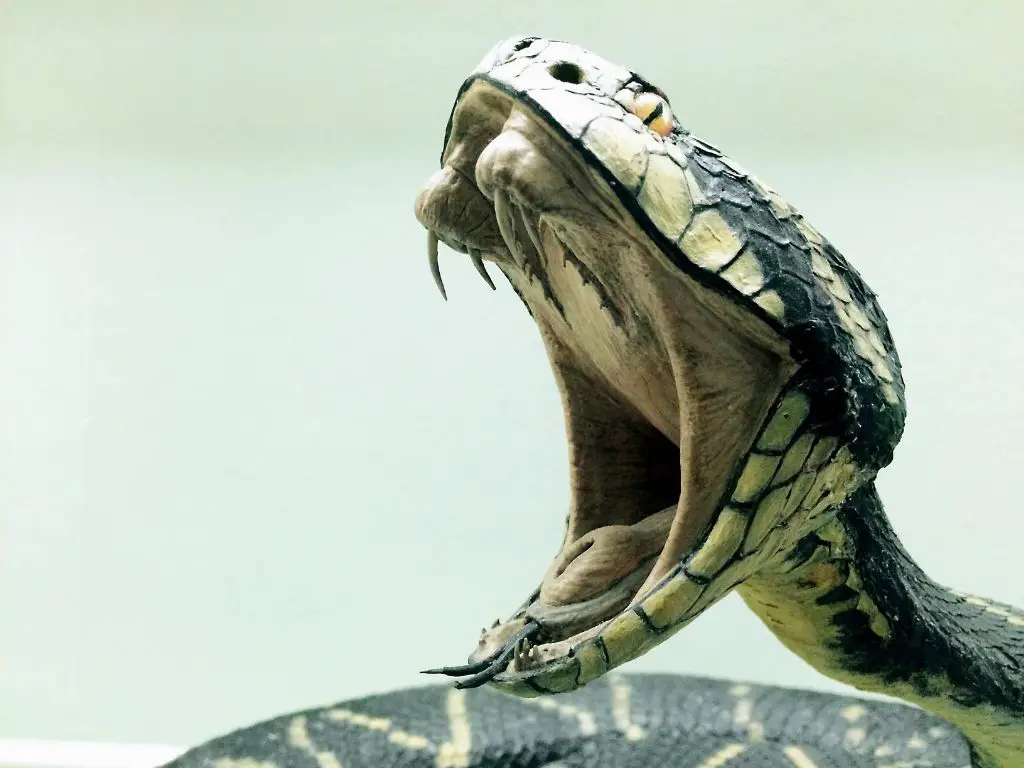
Venomous bites can cause fatal injuries, with an estimated 81,000 deaths per year.
4. Dogs

Rabid dogs can attack and kill humans, with an estimated 59,000 deaths per year.
5. Tsetse flies
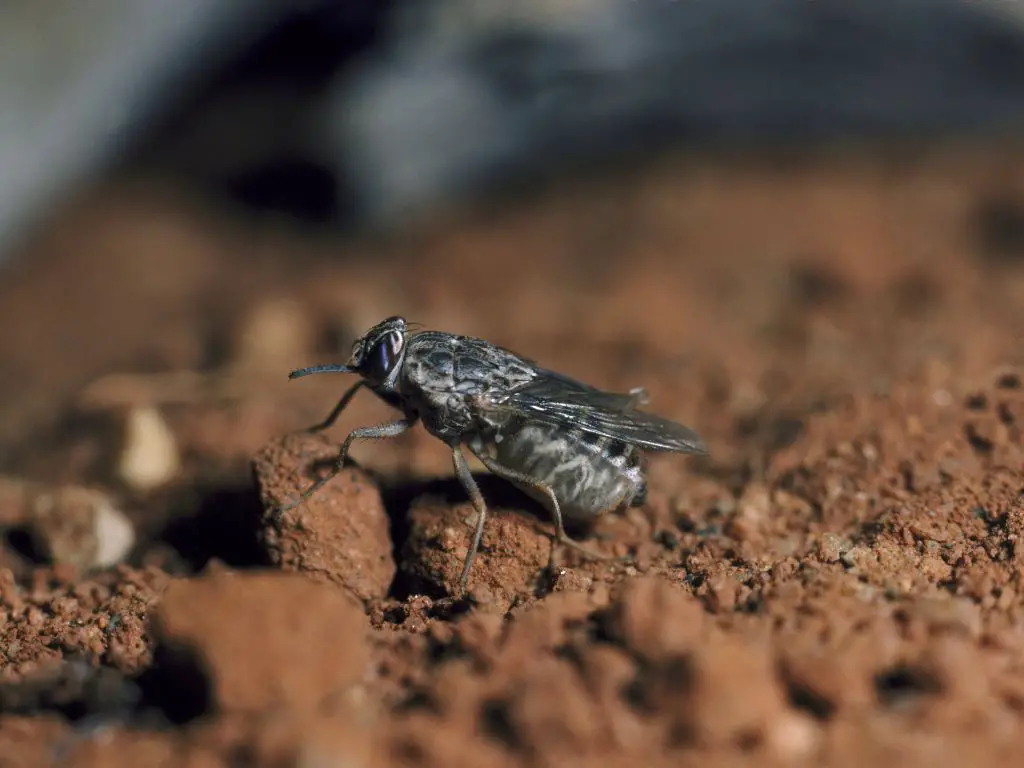
Transmit sleeping sickness, causing an estimated 10,000 deaths per year.
6. Scorpions
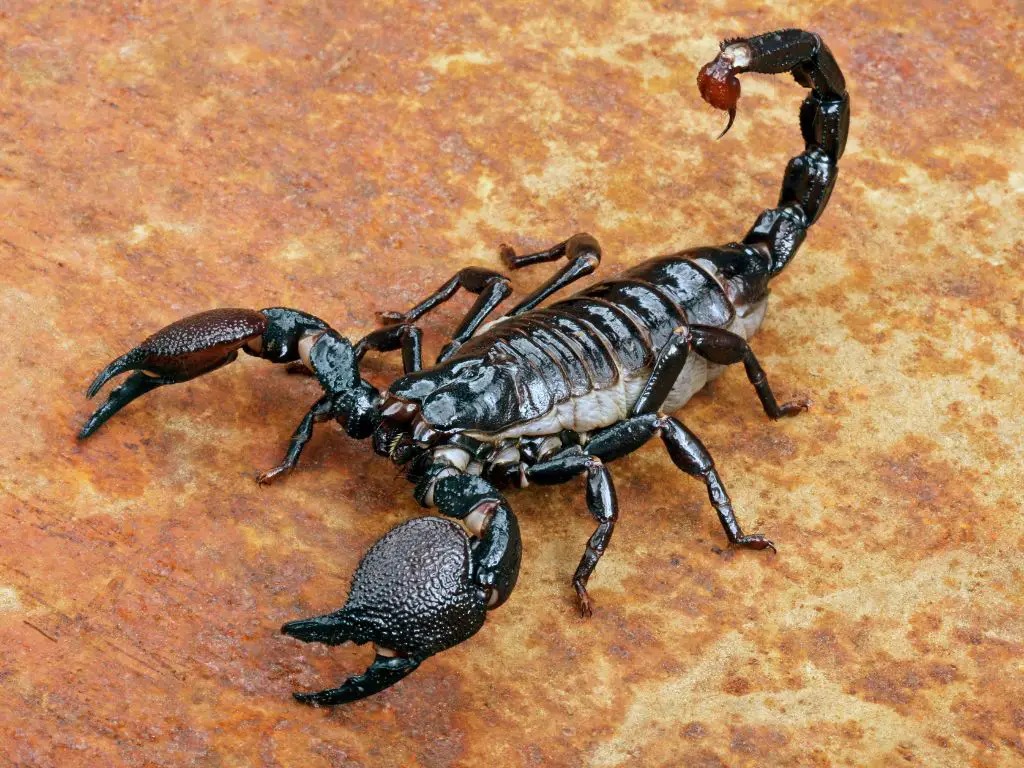
Venomous stings can cause fatal injuries, with an estimated 5,000 deaths per year.
7. Crocodiles and alligators
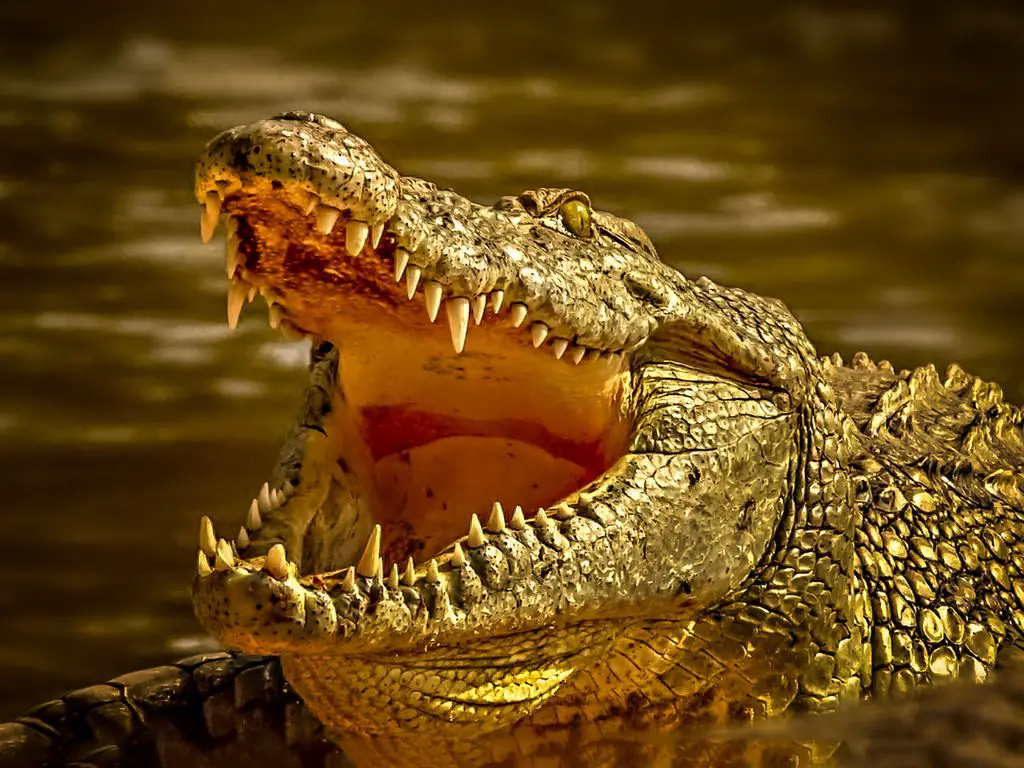
Attacks on humans can be fatal, with an estimated 1,000 deaths per year.
8. Jellyfish
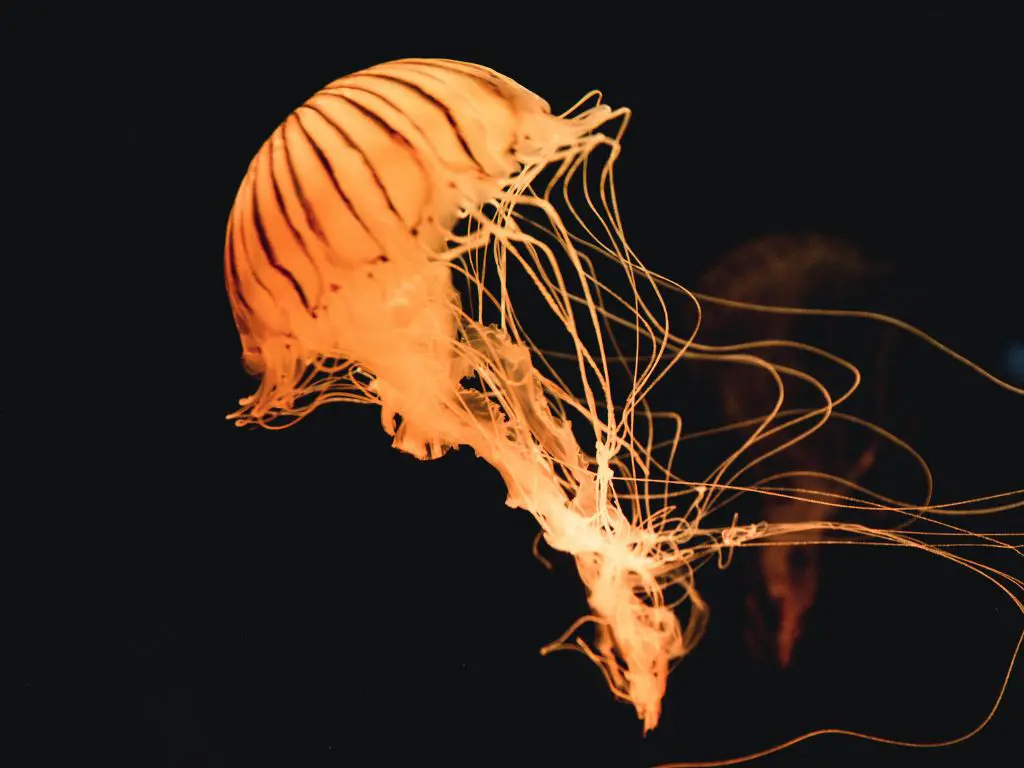
🔬 Subscribe to SciMail
Get the latest science discoveries straight to your inbox!
Venomous stings can cause fatal injuries, with an estimated 100 deaths per year.
These numbers are approximate, and that the actual number of deaths caused by animals can vary depending on location and other factors. Other animals such as elephants, hippos, bears, and big cats are also capable of killing humans if they feel threatened, but the numbers of deaths caused by them is relatively low in comparison to the above-mentioned ones.
What animals kill the most humans in the US
Animals are responsible for a surprisingly high number of human deaths in the United States each year. While some species may be more dangerous than others, it is important to recognize that all wild animals have the potential to cause harm if they feel threatened or provoked.
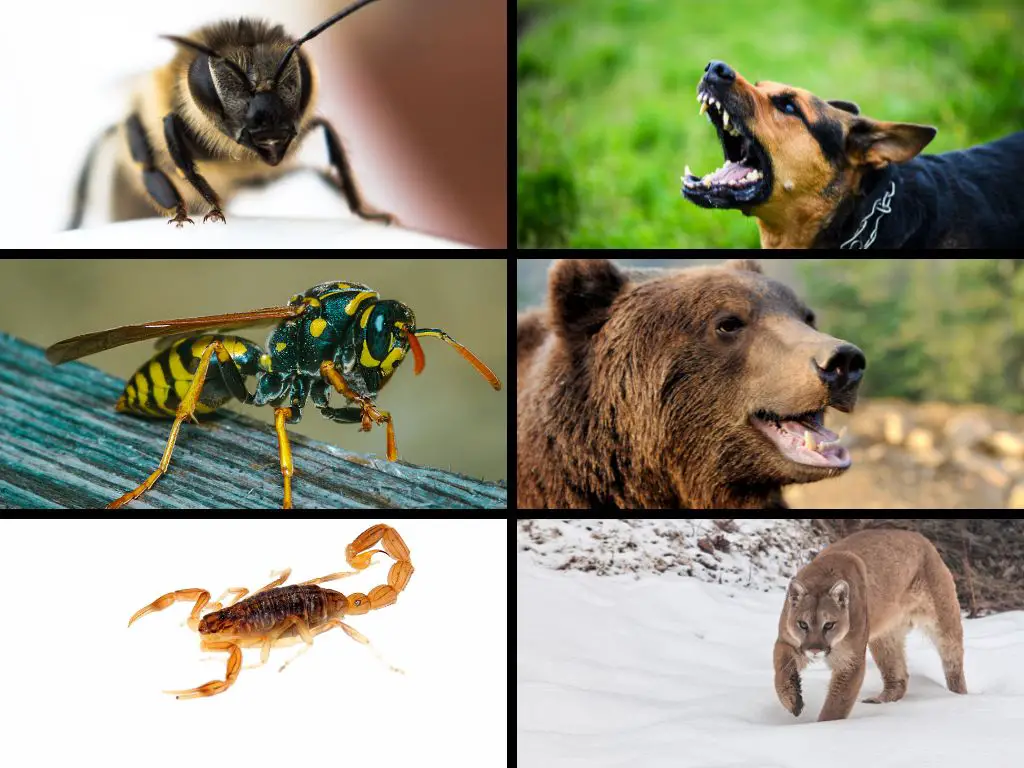
According to statistics from the Centers for Disease Control and Prevention (CDC), there were over 1,500 animal-related fatalities in 2019 alone. Of these deaths, bees and wasps accounted for nearly 60%, with hornets coming in second at 15%. Other insects such as ants and scorpions caused an additional 6% of fatalities combined.
When looking at larger animals like mammals and reptiles, dogs topped the list with 33 fatal attacks reported across 20 states during 2019 – making them by far one of the most deadly species encountered by humans within US borders. Bears were next on this list with 28 recorded incidents followed closely by coyotes who had 25 confirmed cases throughout North America last year alone! Finally rounding out this top five deadliest creatures found domestically would be cougars which killed seven people total between Alaska & California during 2019’s reporting period according to CDC records released earlier this month (May 2020).
It is essential that we remain mindful when interacting with any wild animal regardless of size or perceived danger level; even seemingly harmless creatures can become aggressive if provoked so caution should always be taken when engaging them directly! The data provided here serves as a reminder that no matter where you live – taking precautions against potentially dangerous wildlife encounters can help keep you safe from harm’s way while enjoying nature’s beauty responsibly!
What animals kill the most humans in Australia
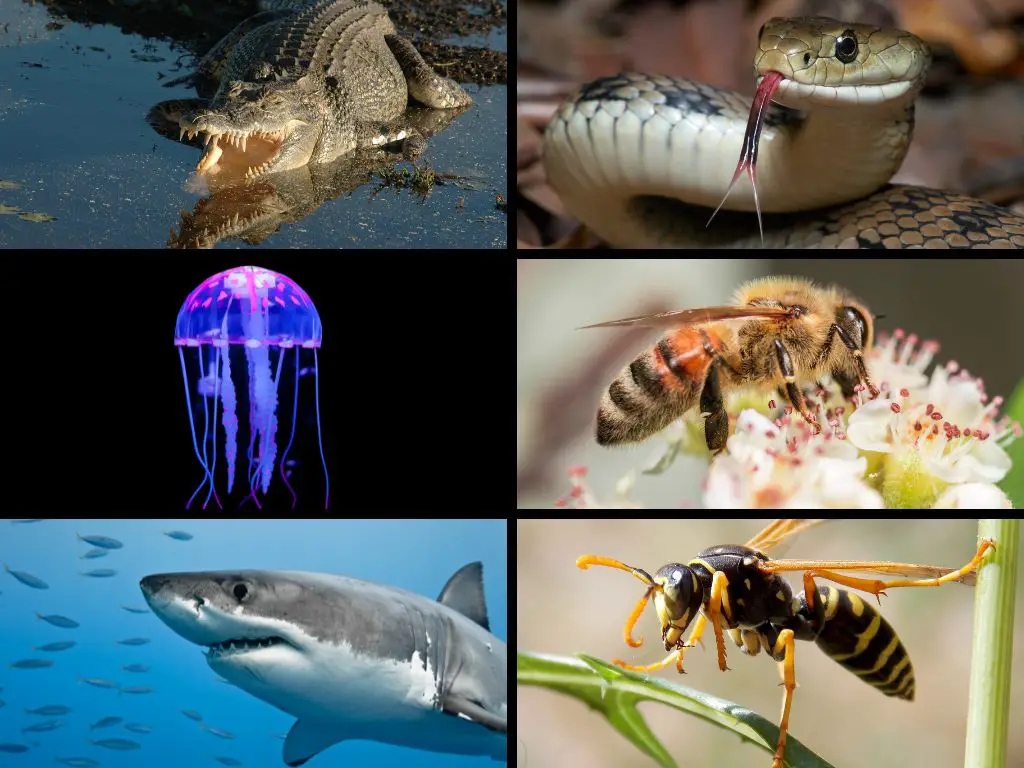
In Australia, the animals that are responsible for the most human deaths are:
- Saltwater crocodiles: Attacks on humans can be fatal, with an average of two deaths per year.
- Jellyfish: venomous stings can cause fatal injuries, with an average of two deaths per year.
- Sharks: can attack humans if they mistake them for prey or if they feel threatened, with an average of two deaths per year.
- Snakes: venomous bites can cause fatal injuries, with an average of two deaths per year.
- Bees and Wasps: can cause fatal allergic reactions, with an average of one death per year.
Australia is home to many venomous creatures, but fatalities from venomous bites and stings are relatively rare, as the country has a well-developed system of antivenom treatment and emergency care.
What animals kill the most humans in Africa
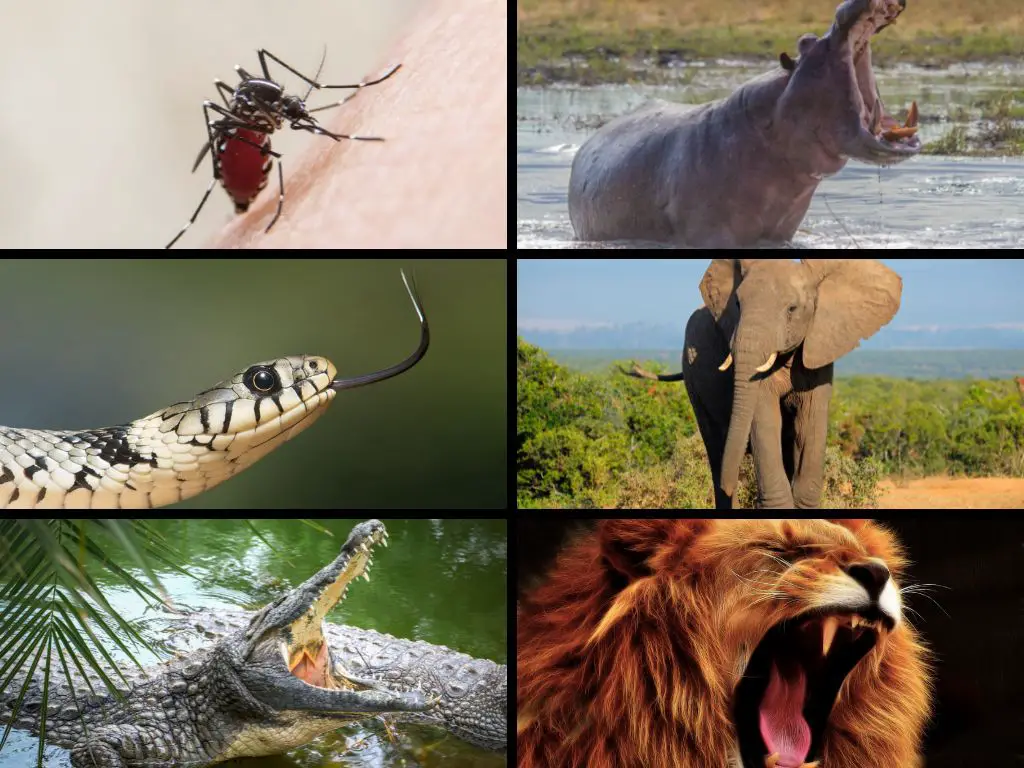
n Africa, the animals that are responsible for the most human deaths are:
- Mosquitoes: Transmit diseases such as malaria, dengue fever, and Zika virus, causing hundreds of thousands of deaths per year.
- Snakes: Venomous bites can cause fatal injuries, with an estimated 81,000 deaths per year.
- Crocodiles and alligators: Attacks on humans can be fatal, with an estimated 1,000 deaths per year.
- Hippos: Known to be aggressive and can attack boats and humans.
- Elephants: Can attack humans if they feel threatened.
Some animals such as lions, crocodiles, and snakes are also capable of killing humans if they feel threatened, but the numbers of deaths caused by them is relatively low in comparison to the above-mentioned ones.
What animals kill the most humans in the UK
In the United Kingdom, the animals that are responsible for the most human deaths are not wild animals, but domesticated animals such as horses and cows. These animals can cause injuries or accidents, such as trampling or goring, resulting in death. However, the numbers of deaths caused by them is relatively low, around one or two deaths per year.
Other wild animals such as snakes, crocodiles and alligators are not native in the UK, so the chances of death caused by them are almost impossible. Most animal-related fatalities in the UK are caused by accidents such as traffic collisions, rather than direct attacks by wild animals.


Leave a Reply